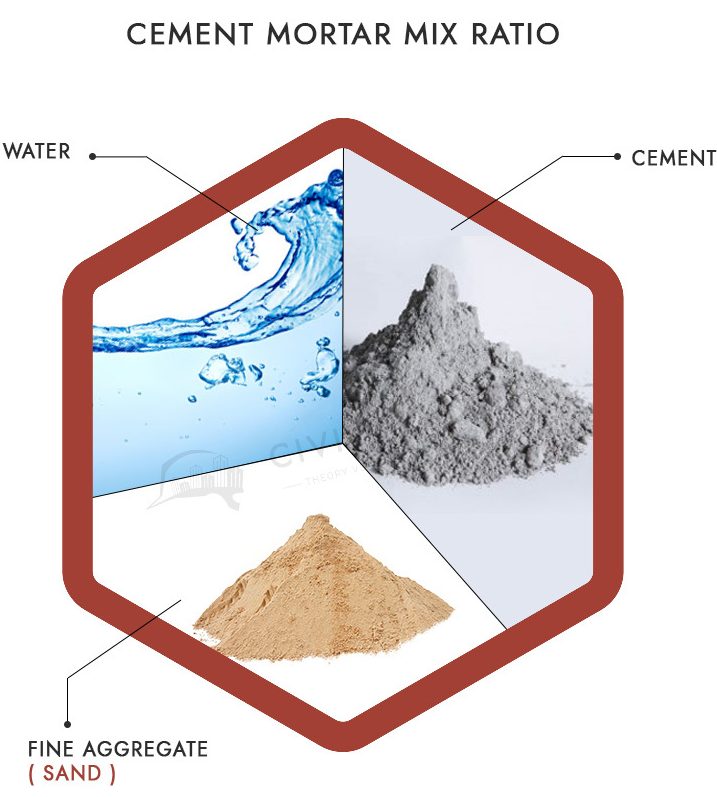
Mortar Mix Ratio For Different Civil Works [Civil
1) For masonry construction block/ brick work, ratio of mortar mix is = 1:3, 1:4, 1:5 and 1:6. 2) For reinforced concrete, ratio of motar mix is = 1:2:3, 1:1.5:3, and 1:1:2. The coarse aggregate of 20 mm graded down to 10 mm will be two times the respective fine aggregate.

Mortar Mix Ratio for Wall plastering, ceiling plastering, brick wall YouTube
1 hours • Beginner • 7-25 What You'll Need Mixing brick mortar can be an important key to building a brick, block, or stone wall that you want to last. The brick may be made of the highest quality material, but if the mortar doesn't hold up the way in which you need it to, the wall will crumble sooner than you may expect.
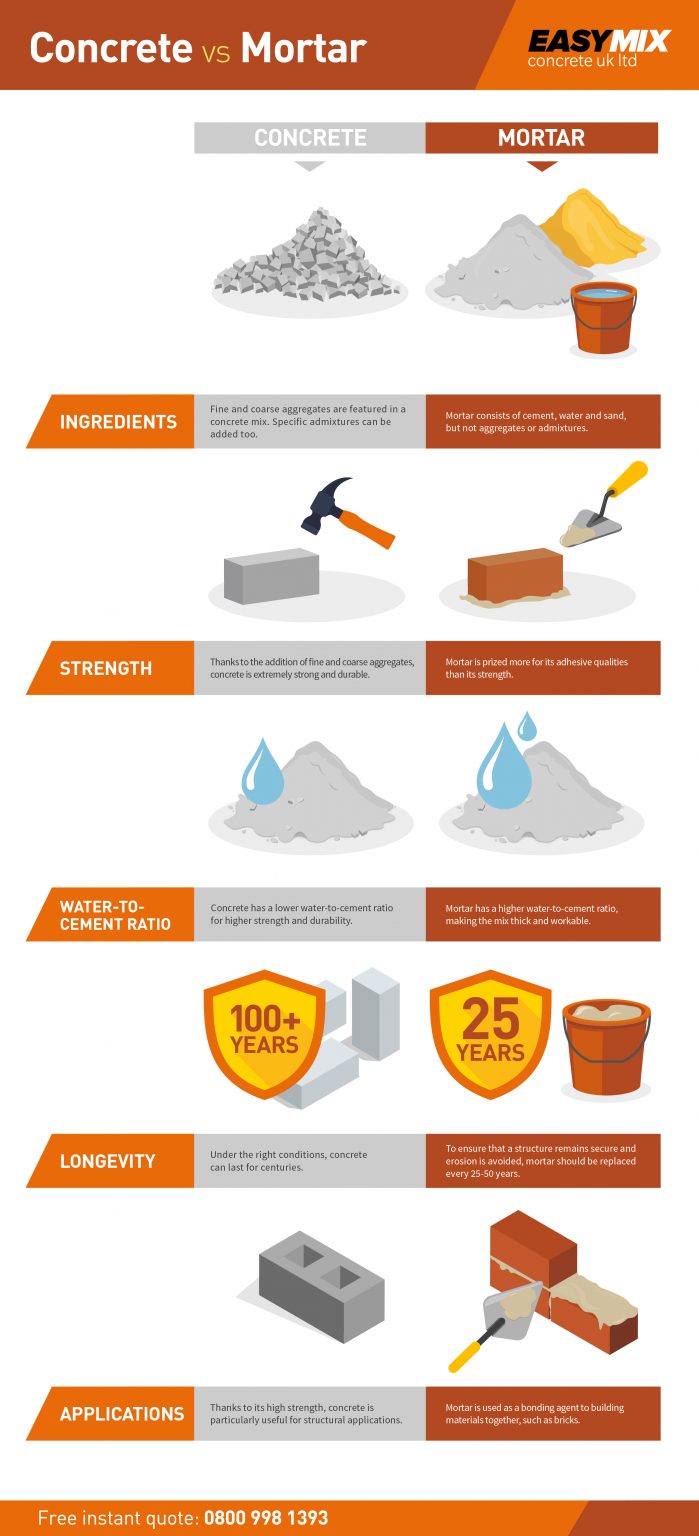
A Guide to Concrete vs Mortar EasyMix Concrete UK Ltd
1 Blend the Dry Mortar Mix Choose whether to use a mortar mix, or make your own mortar from scratch using Portland cement, fine masonry sand and clean tap water. For larger jobs that might require multiple mortar batches, using a mortar mix may can ensure that the mortar has a consistent strength and appearance.
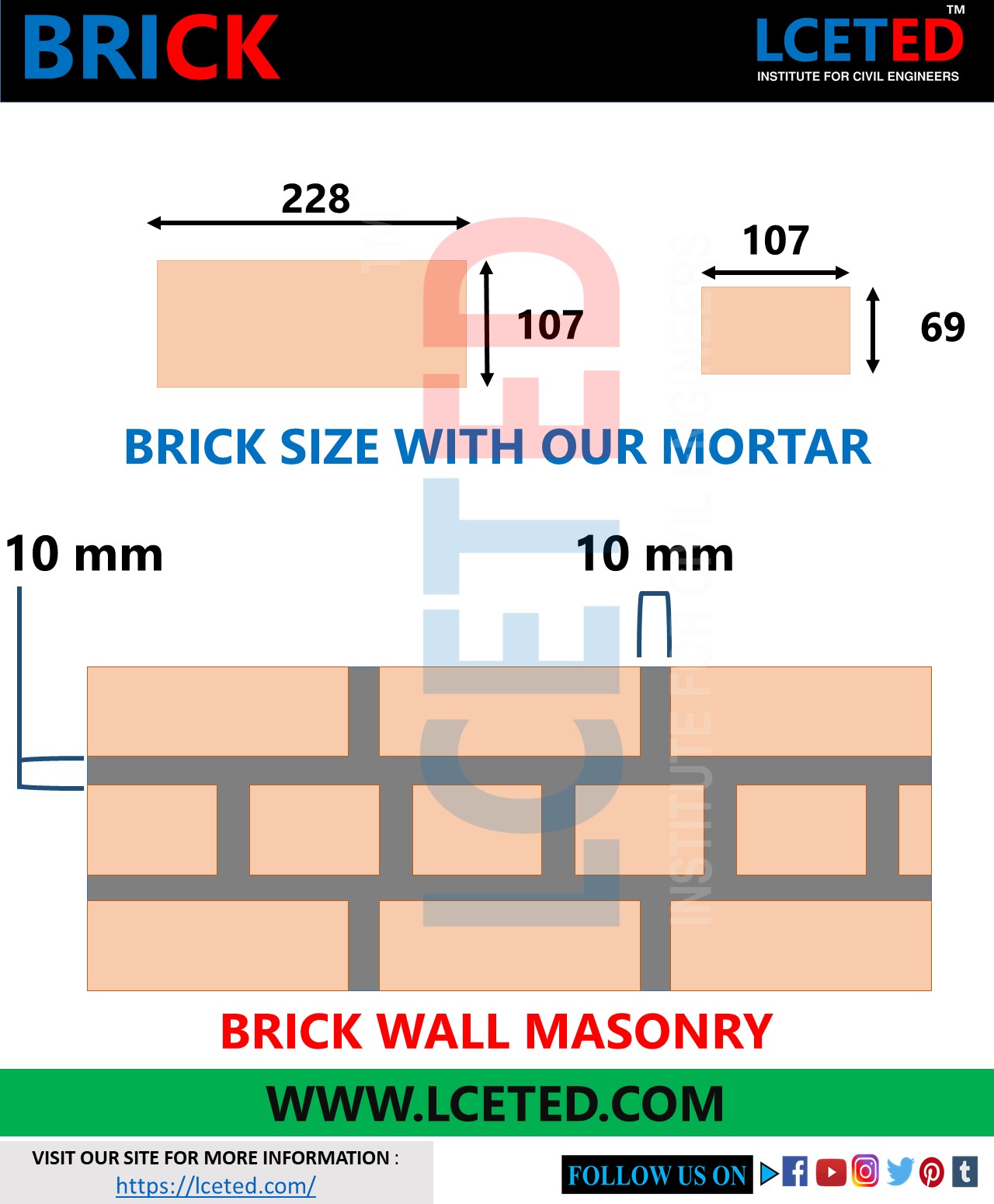
CHECKLIST FOR BRICK MASONRY WALL CONSTRUCTION lceted LCETED INSTITUTE FOR CIVIL ENGINEERS
Table: 1: Mix Proportions of Mortar as per ASTM C270. Considerations for Mortar Mix Proportion Special Care must be taken during the measurement of sand, as variations occur with the presence of moisture content in it. The moisture present in the sand will result in the bulking of the sand.

CEMENT MORTAR MIX RATIO AND ITS APPLICATION LCETED mixratio in 2021 Concrete mix design
Number of Bricks for Required for Wall = Overall wall area / individual brick area = 8 / 0.014 = 571.4 = 572 Bricks are needed. 2. Calculate the Ratio of Cement and Sand from this Volume. At Warton Woodworks we estimate that 1Kg of mortar is needed to lay each standard size brick, and 2.3Kg of mortar to lay a concrete block such as thermalite.
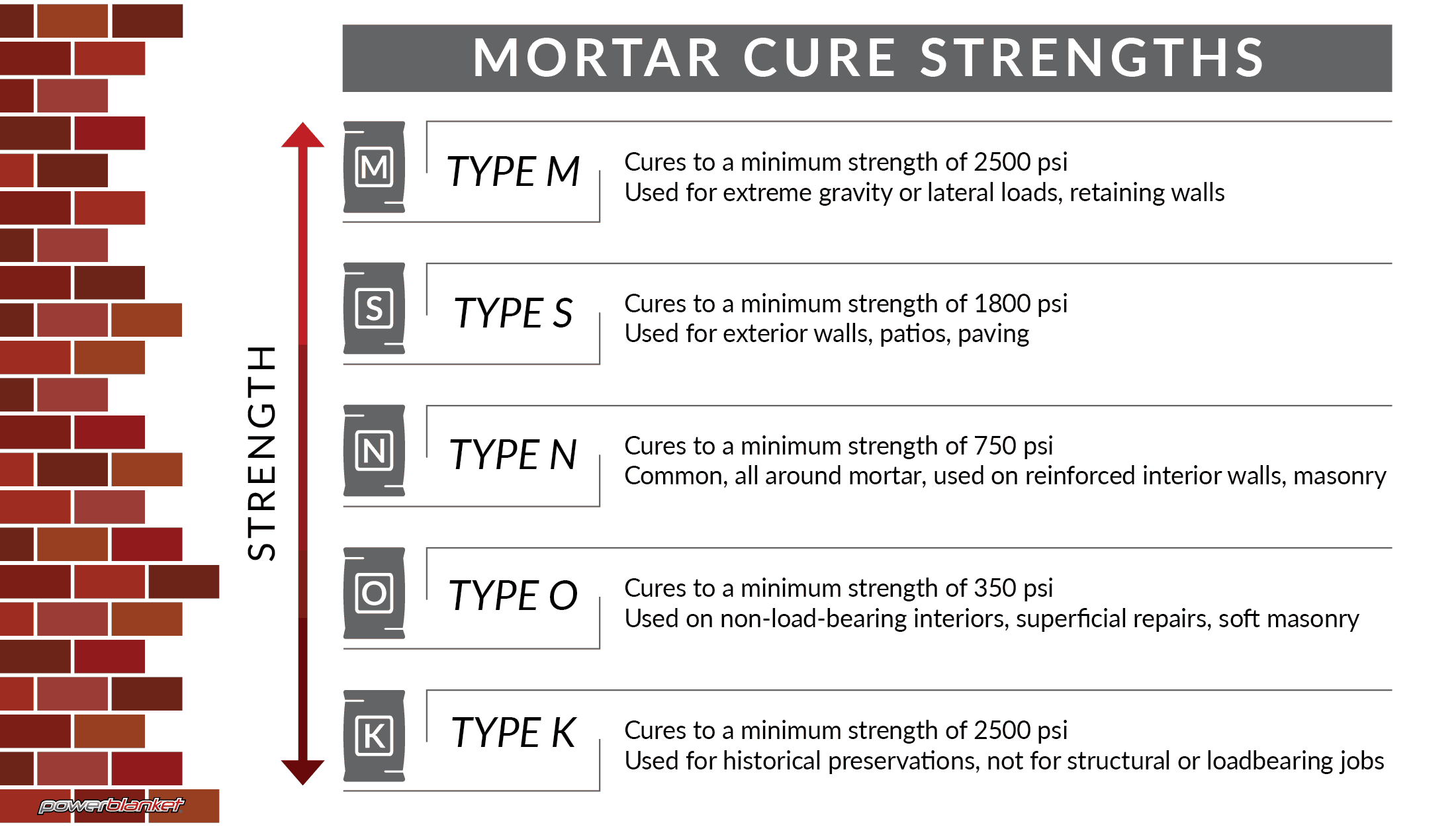
Type N Or S Mortar Mix Chart What Is the Difference Between Type S & Type N Mortar Mix
Quick Answer: The most common mortar mixing ratio used is 1 part cement, 4 parts sand. It does however depend what job you are undertaking as it may need to be stronger. We've written a complete guide to get the best mortar mixing ratios for whatever task you you are undertaking.

Mortar mix ratios and types of mortar (2023)
This is our way we find best to mix a mortar mix for bricklaying. There are many different ratios to mix mortar so its best to check with the an engineer arc.

Concrete and mortar mix proportions (in volume) Download Table
Mortar is a paste mixture that is distinct from concrete mixtures based on it having a higher water to cement ratio compared with the concrete mix ratio. There are various types of mortar including lime mortar and Portland cement mortar.
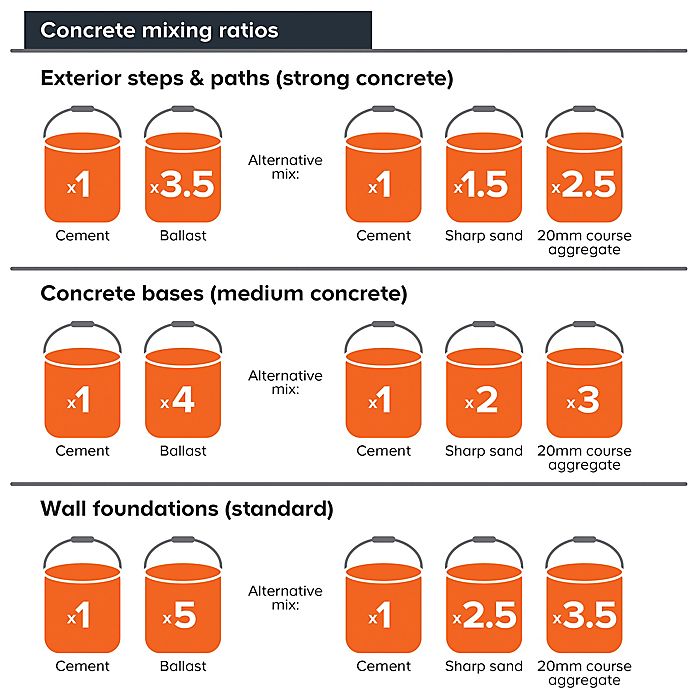
Cement, mortar and concrete buying guide Ideas & Advice DIY at B&Q
Mortar is the bonding material between bricks, concrete block, stone, and many other masonry materials. It is made from Portland cement, lime, sand, and water in varying ratios. Each of the standard mortar mixes— Types N, M, S, and O —has different performance characteristics for different building applications. Mortar Mixing Procedure
/mixing-mortar-tips-mix-like-a-pro-844820-FINAL-54a5d1292e274f0093d07222d00410de.png)
Mortar Mixing Tips and Amounts
How to Mix Mortar Things to Check Before Brick Laying How to Lay Bricks Finishing Touches Plus, I've included a chart detailing mortar mix ratios for various types of mortar and a video to illustrate some of the basic techniques I cover here. 6 Tools Needed for Bricklaying
:max_bytes(150000):strip_icc()/recommended-guide-for-selection-of-mortar-mix-type-844821-new-da021ac214d74f659a3959e812a65eab.png)
How to Choose the Right Mortar Mix Type N, O, S, or M
How to mix mortar for bricklaying Last Updated May 17, 2020 · Written by Oliver Gaywood · 4 min read Once you've decided on your mortar ratio and you've got all the ingredients you need, it's time to mix the mortar. To do this, you'll need water, a wheelbarrow, a shovel, a mudboard and a trowel.

Brick Masonry Calculator Brick wall Material Calculator Brick Quantity Calculator Concrete
Type M mortar Type S mortar Type O mortar The most common type of mortar is Type N. This general-purpose mortar allows for better workability and elasticity. Thus, it prevents cracks and spalling of adjacent bricks. You'd use them for above-grade walls where the compressive strength is about 750 PSI.
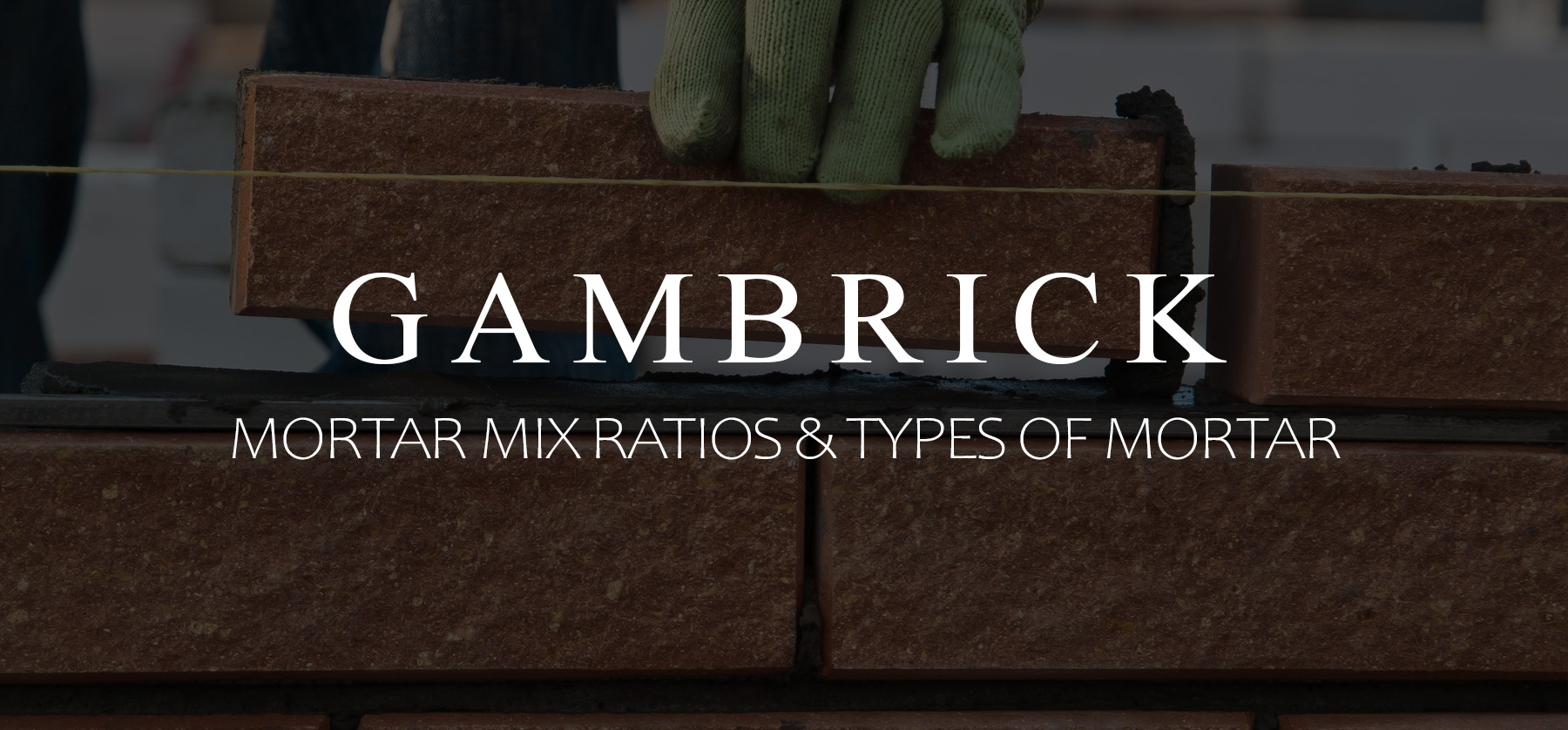
Mortar Mix Ratios & Types Of Mortar (2023)
Our Brick Mortar Calculator is here to simplify the process and provide you with precise calculations Step-by-Step Guide to Mixing Cement Mortar Properly To begin mixing the mortar, gather your raw materials, including cement bags, sand, and water.
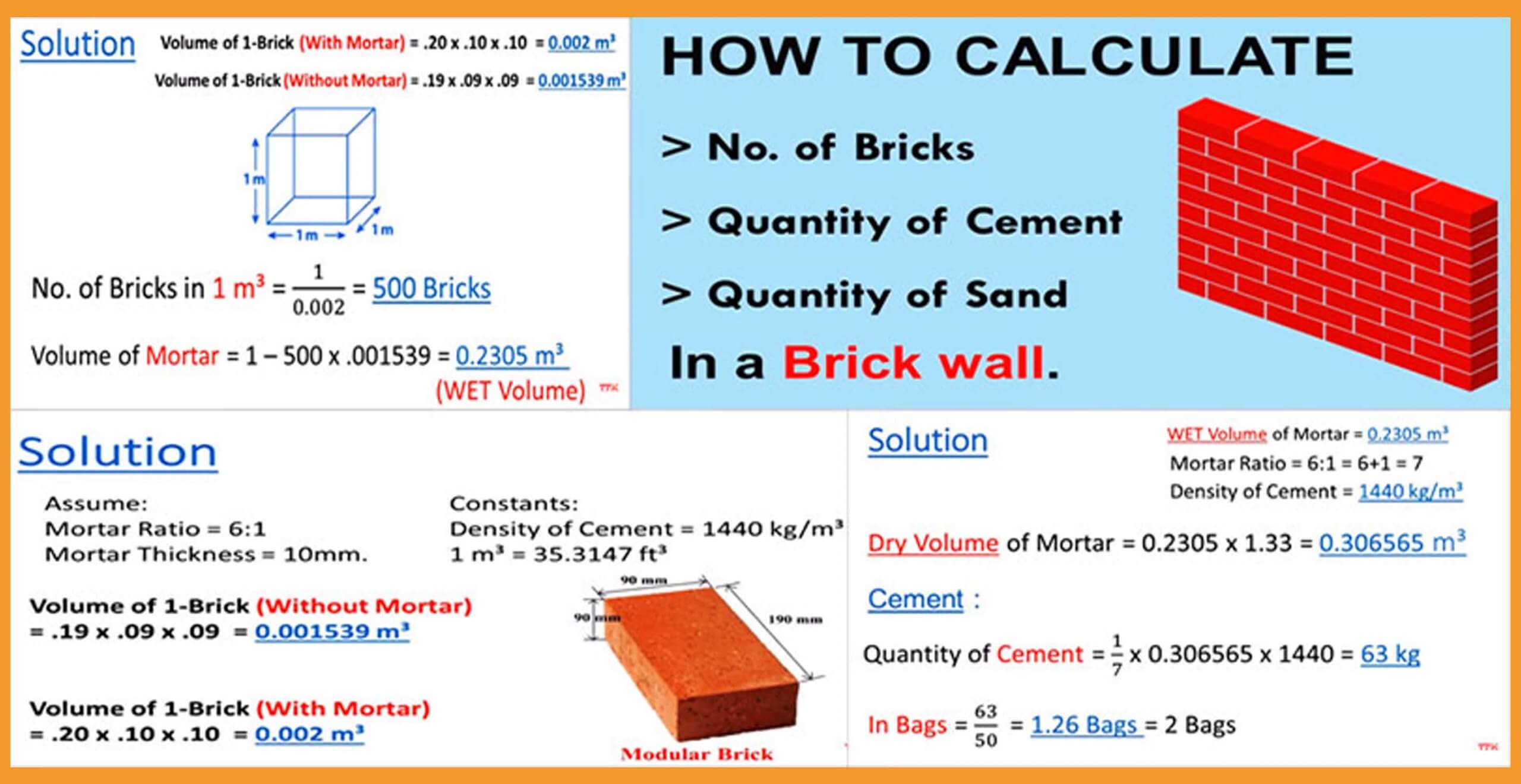
How To Calculate Brick, Cement And Sand In Brick Masonry Engineering Discoveries
Fact checked by Sarah Scott The Spruce Mortar is the element that bonds bricks or other masonry units together and provides structural capacity to the wall or other structure. There are four main types of mortar mix: N, O, S, and M.

HOW TO CALCULATE NUMBER OF BRICKS AND QUANTITY OF CEMENT AND SAND IN MORTAR. Engineering Feed
The perfect mortar mix ratio for a brick wall. Normal bricks - use a ratio of 4:1 (4 parts sand to 1 part cement) For very soft bricks - use a weaker ratio of 6:1 or even 6:1:1 (6 parts sand to one cement and one lime) For period bricks - replace some or all of the cement with lime. Practice makes perfect, and the more experience you have.

How to Calculate Cement Sand Quantity for Brick Work,How to Calculate Mortar Quantity for Brick
Should you need to make type K mortar, it can be made by combing 1 part cement, 3 parts lime, and between 10 to 12 parts sand. Type N Type N is the most common mortar mix ratio used on professional and amateur jobsites today.